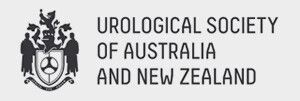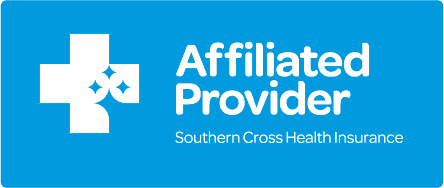Incontinence: Male and Female
Urinary incontinence affects males and female (and children) and an overactive bladder is more common in older people, especially women.
Andre and Liam have been credentialed by the Ministry of Health, and provide women with all options for treatment of incontinence
If your incontinence is affecting your quality of life, it's best to speak to your doctor. Bay Urology will guide you through our treatment process.
Male Incontinence
Incontinence in men is nearly always secondary to previous surgical treatments (eg. post-prostatectomy) or trauma. As such, treatments may be covered by ACC under the Treatment Injury Legislation.
André has a special interest in the workup and treatment of male urinary incontinence. He has experience in the full range of procedures available, including the artificial urinary sphincter, the AdVance sling and the ATOMS sling.
Male incontinence Treatments
Click to read more.
Video Urodynamics (to determine how your bladder functions)
ATOMS Sling (Adjustable Transobturator Male Sling)
Female Incontinence
Incontinence is a very common problem that interferes with a woman’s quality of life. Bay Urology is one of a very small number of practices in the country that are credentialed to perform the full range of investigations and treatments for stress and urge incontinence.
Click to read more.
Stress Urinary Incontinence Treatment Options (decision-making tool)
Video Urodynamics (to determine how your bladder functions)
Female Stress Incontinence Treatments
Female Urge Incontinence Treaments
For most women, urge incontinence is treated with medication. Bladder retraining is also very important. Click to read more.
Articles on Female Incontinence
Scroll left or right for more articles
Articles on Male Incontinence
Scroll left or right for more articles
Request an estimate from Grace Hospital
Get an accurate idea of how much it's going to cost to have surgery done at Grace Hospital.
- Your details
- Surgery details (if known)
- Estimated theatre and hospital time



















